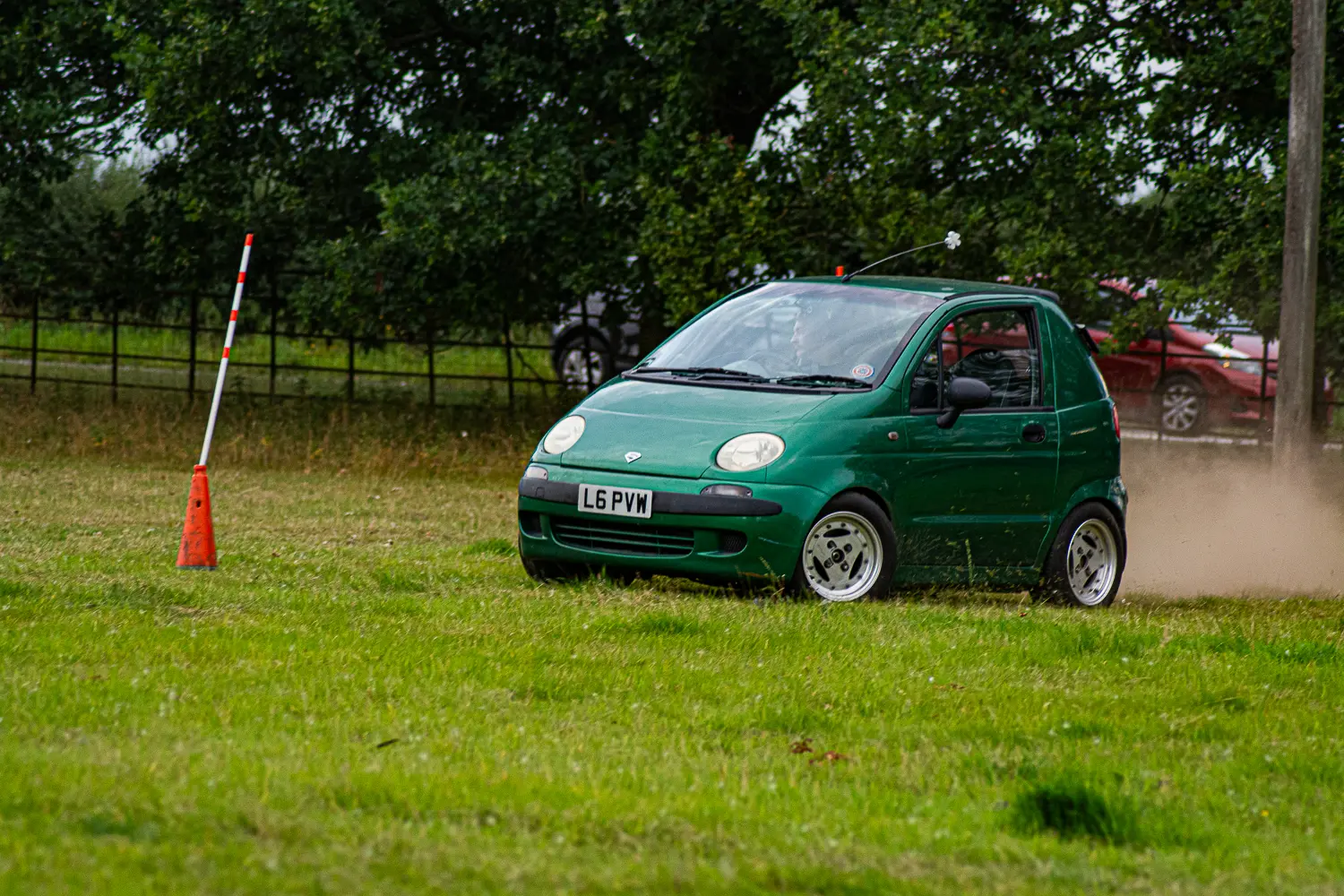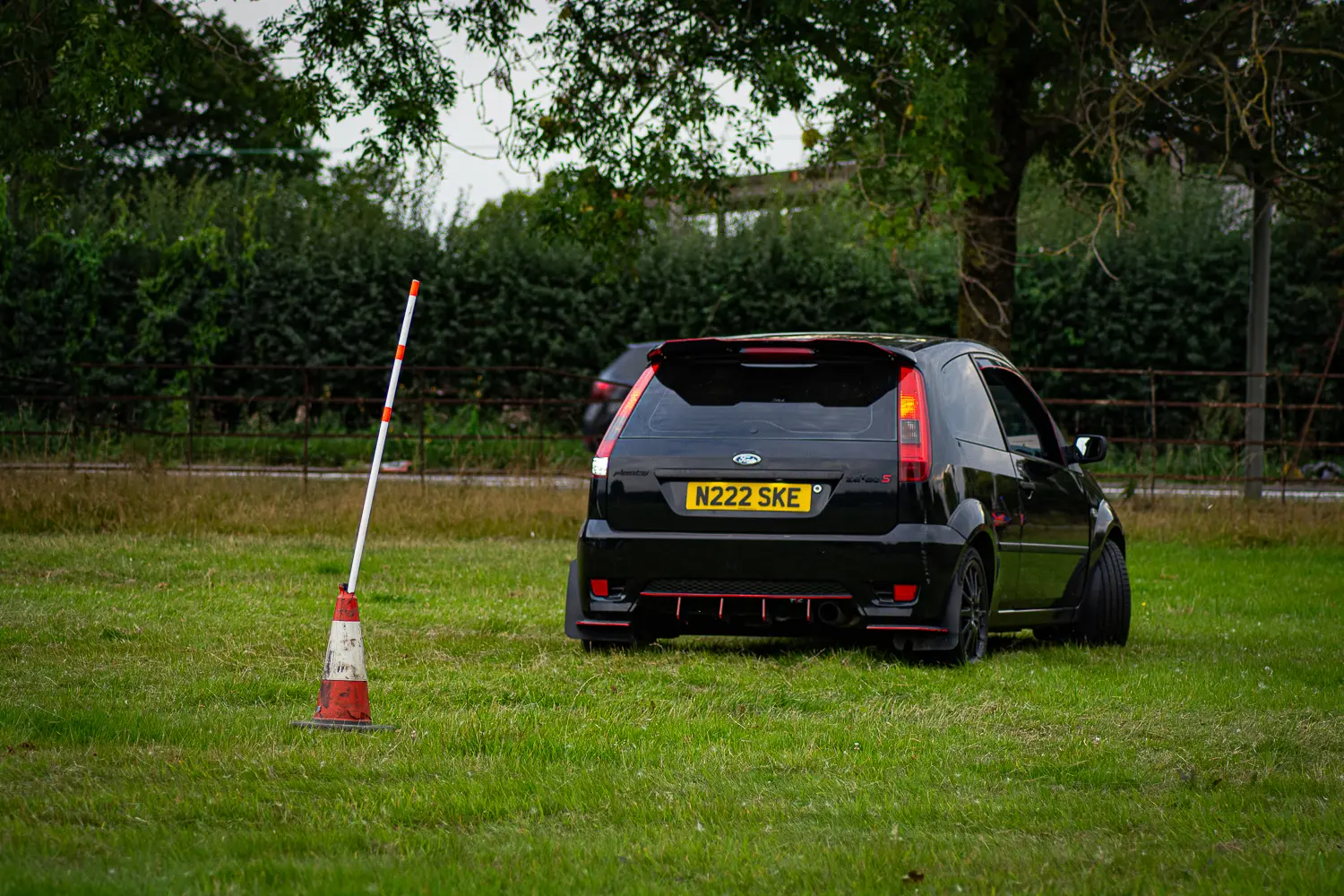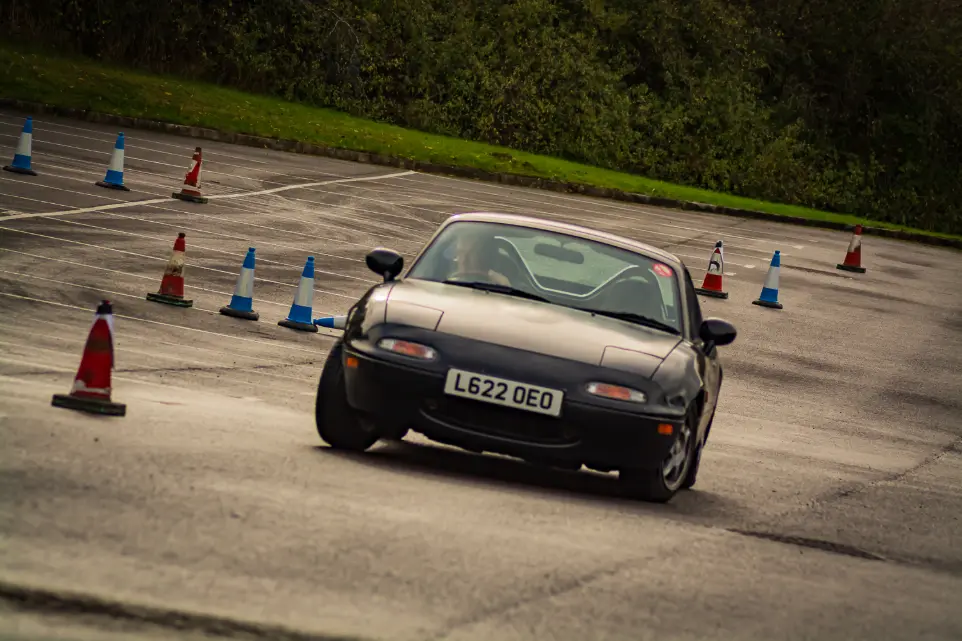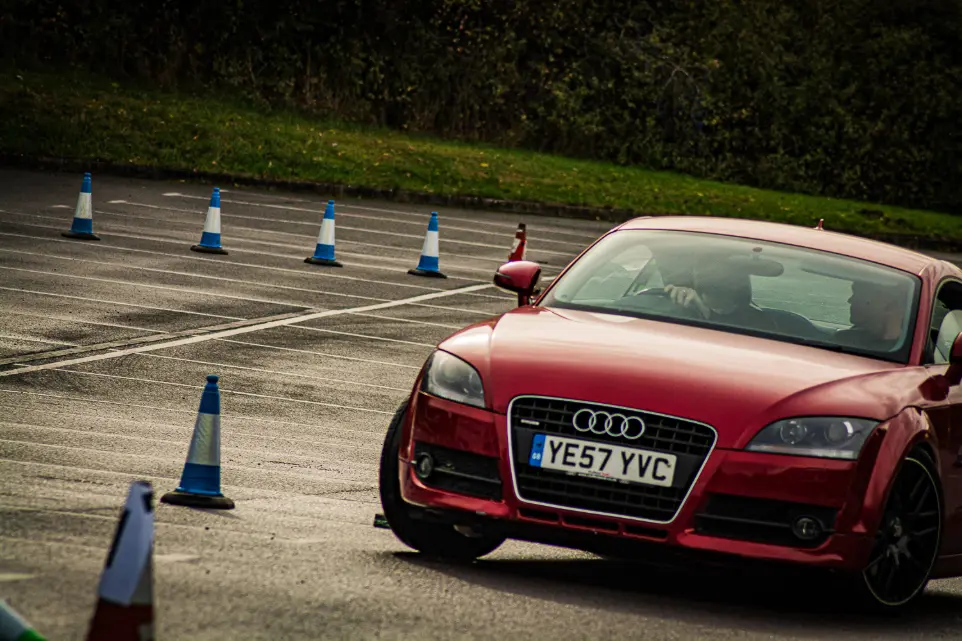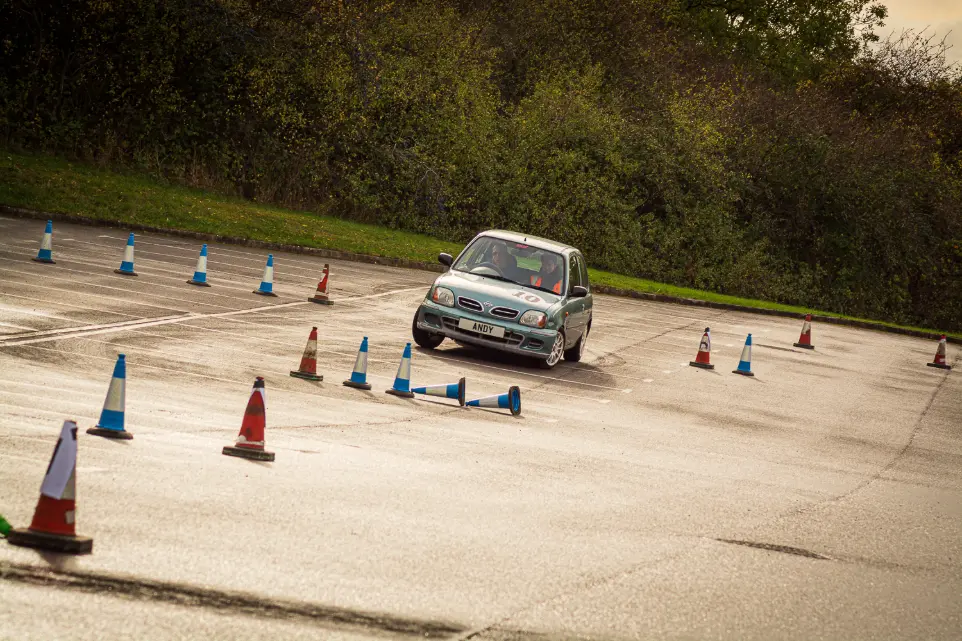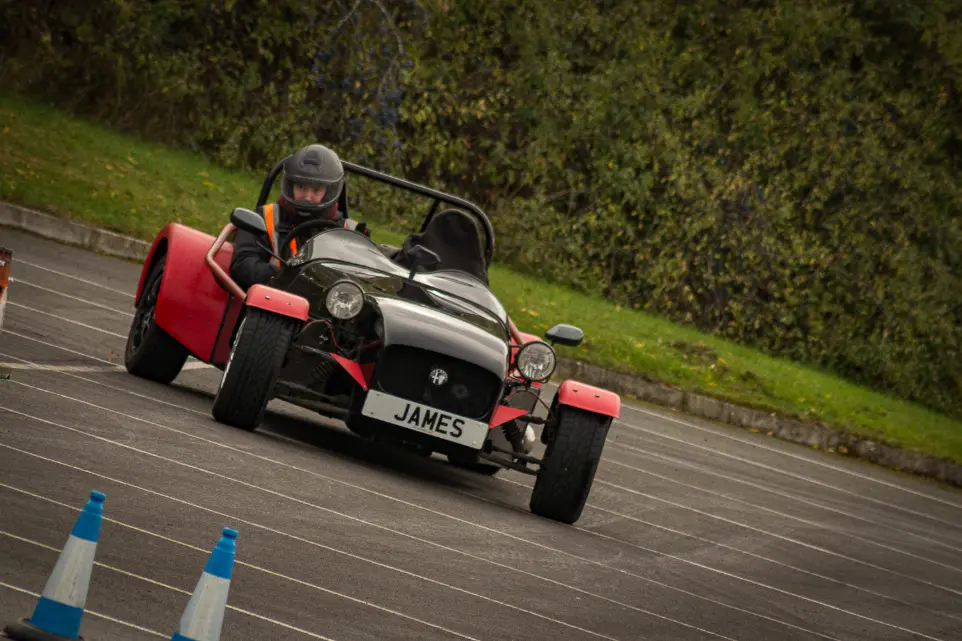 Autotesting & Autosolos
Autotesting & Autosolos
An Autotest is a competition for cars in which marking during the event is based solely on a competitor’s performance in manoeuvring tests. There are three types of autotest as defined by the Motor Sports Association; Autotest, Production Car Autotest and Autosolo.
In an Autotest the tests may include spin or handbrake turns, stop astride lines, and some reversing, and may be at one or more sites. A passenger is not allowed.
A Production Car Autotest is a competition for Production Cars capable of being taxed and MOT’d. These tests may include a limited number of spin or handbrake turns, stop astride lines, and some reversing, and may be at one or more sites. A passenger must be carried in the front seat.
An Autosolo is for Road Going Cars, i.e currently taxed and Mot’d if over 3 years old, with tests held on a sealed surface. These tests are all forward and non-stop, without requiring any spin or handbrake turns, and may be at one or more sites. A passenger may be carried if so allowed by the organisers.
In all cases the driver completes the course in the shortest possible time with penalties added for hitting cones (used to make gates and garages) and failing to stop as required. Venues vary from fields for autotests and PCAs for starter events to car parks of various sizes for the championship autotests and autosolos. Events are divided into classes based on type of car, engine capacity and size. This varies between events. Cars are checked for safety before they can compete. This includes a properly secured battery, good brakes, secure seat(s) and everything held down. There are no special safety measures as this is regarded as a low speed form of motorsport.
Your club membership card is sufficient to compete on Clubmans level events and a MSA licence is required for the National B events which form part of the Regional and National Championships.
You will be provided with a diagram of the course, usually there are about three courses laid out at a time. You should walk the course before hand to familiarise you with the route. In Autosolos organisers tend to number the cones as an aid to memorising the route. Should you go the wrong way then a maximum penalty is applied, typically the fastest time in your class plus 20 seconds, although on longer tests this may be 30 seconds.
For 2025 the regulations for Autotesting, including Autosolos have been rewritten. One of the changes is the provision to allow passengers in Autosolos. This allows drivers of 14 and those without a full RTA licence to compete in Autosolos and PCAs provided they carry an experienced driver as their passenger. Cars are limited.
Autotests don’t have passengers so the minimum driver age is 16. In this case it must be a Touring Car with a maximum engine of 1400cc. As can be seen this provides an excellent way into motorsport for young drivers.
At the top end of autotesting cars become very specialised. Drivers develop their skills so that the car “floats “ through the tests and never appears to stop, even when changing direction and reversing over lines.
